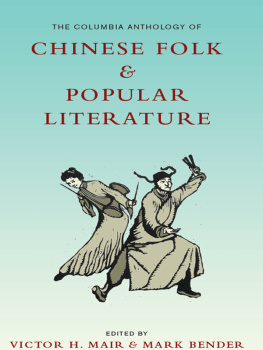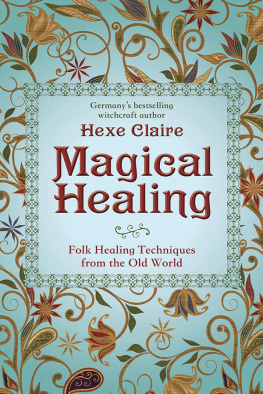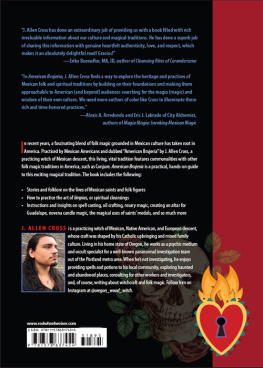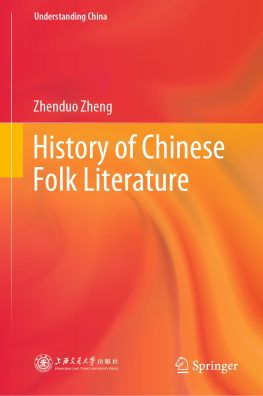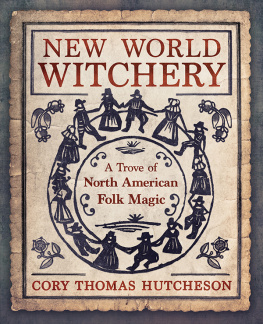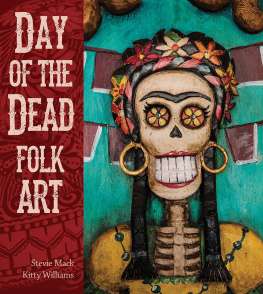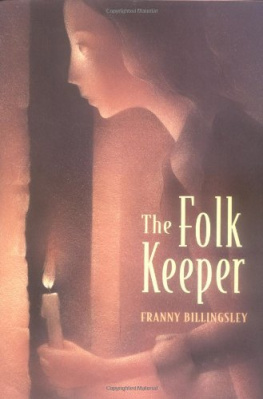The editors of this volume wish to extend heartfelt thanks to everyone involved in this project. Over the course of many years, a great number of people from several continents have participated by submitting manuscripts, supplying background information, helping with formatting and editing tasks, arranging access to archives and cultural sites, and offering encouragement.
Paula Roberts, associate director of the Center for East Asian Studies at the University of Pennsylvania, was a major force in shaping the final book manuscript and we deeply appreciate her contributions.
A number of Mark Benders students at Ohio Stateincluding Sarah White, Jon Noble, Max Bohnenkamp, Yu Li, Shan Wu, Bao Ying, Rachel Kou, Peace Lee, Brian Bare, Zhang Yunxin, Anne Henochowicz, Levi Gibbs, Pai Yi-fan, Tim Thurston, and You Ziyinghelped in many ways over a period of years. Several of these and other students contributed selections to this volume based on projects in Benders seminars on the translation of Chinese oral literature.
On behalf of the contributors, we would like to thank the many singers, storytellers, actors, and other local participants who gave generously from their stores of memory, talent, and heritage to make this collection possible.
The editors would also like to acknowledge the various presses and journals for allowing the use of previously published material, as noted in Sources of Previously Published Selections, which appears at the end of the volume.
Victor Mair is grateful to his students and colleagues, as well as to the staff of the Department of East Asian Languages and Civilizations and the librarians of the University of Pennsylvania, all of whom have assisted him in various ways during the making of this volume. Mark Bender takes delight in acknowledging the many people who have influenced or aided him in his career. Although this list can only be partial, it includes Eugene Ching, Frank Hsueh, Royall Tyler, Zha Ruqiang, Zhong Jingwen, Duan Baolin, Sun Jingyao, Wang Jiaxiang, Hou Depeng, John Deeney, Li Zixian, Li Shizhong, Jin Dan, Che Xilun, Ivan Wolffers, Larry Tyler, Anthony Walker, Timothy Wong, Gary Snyder, Susan Blader, Wu Zongxi, Bamo Qubumo, Chao Gejin (Chogjin), Huang Jianming, John Miles Foley, and Luo Qingchun. His thanks extend to his supportive colleagues at Ohio State in the Department of East Asian Languages and Literatures, the OSU Center for Folklore Studies, and the OSU Libraries.
Finally, both editors wish to acknowledge the support of their family members. As always, Victor Mair is grateful to Li-ching Chang Mair for her sagely observations and saintly patience. Mark Bender thanks his parents, the Reverend George E. Bender and Pauline Ella (Pike) Bender. He owes the greatest debt of thanks to Wei Fu Bender and Marston Arwine Bender, who endured living rooms invaded by trails of manuscript pages and numerous other indignities over the life of the project.
M ARK B ENDER AND V ICTOR M AIR
I sit here and sing for youappropriate as a distillation of all the works collected hereis but one line in a folk song from an ethnic minority group in south-central China: one line in a collection of translations drawn from a massive body of oral literature accumulated by Chinese and non-Chinese scholars over a period of several hundred years. To get an idea of the scale of the available corpus, envision this: between 1949 and the early 1990s, Chinese researchers, in a series of nationwide intangible culture investigation projects, collected approximately 3 million folk songs and nearly 2 million folk narratives from the many ethnic groups in Chinanot to mention 7 million proverbs!
These vast collections are, of course, only the most recent additions to the substantial body of oral-based materials that have been passed down in written form, beginning in the fifth century B.C.E. with the Book of Odes (Shi jing), followed by the Music Bureau (Yue Fu) ballads of the Han dynasty (206 B.C.E. 220 C.E. ); the numerous dramatic forms of the Yuan (12711368) and later dynasties; the many narratives combining speaking and singing of the Tang (618907), Ming (13681644), and Qing (16441911) dynasties; the folk song collections of the Ming and Qing; and the great number of songs and stories collected during the Folk Song Movement of the May Fourth era of the 1920s and 1930s, when young intellectuals like Gu Jiegang and Zhong Jingwen helped stimulate modern scholarly interest in the oral literature of the local and ethnic cultures in China. And then there are the substantial collections made by missionaries and scholars in the nineteenth and early twentieth centuries. Since the early 1980s, as the mainland reopened after years of isolation between the 1950s and the 1970s, opportunities for recording oral literature in media other than writing have been enhanced first by the widespread availability of tape recorders and then by the influx of digital video and recording equipment in the late 1990s and early twenty-first century.
Our goal is to present in this volume a multivoiced selection of works from this vast array of oral literature that will draw well-deserved attention to rich but often unfamiliar material. In creating this collection, we have been able to introduce only a fraction of the available pieces. Since many of the earliest examples of oral literature and major dramatic traditions have found their way into anthologies of Chinese literature, we have focused our selections on works recorded or written in the past four hundred or so years. Many of our major categories (which we discuss in this introduction) are filled with selections drawn from living local traditions and collected over the past few decades.
The selections range from a detailed version of the story of the woman warrior Hua Mulan that was recorded in a collection of oral literature compiled by an important Mongol official in nineteenth-century northern China to performances of professional storytellers in the highly populated urban centers of the Yangtze (Yangzi) delta, whose art was nurtured for centuries in the land of fish and rice; the selections also include Manchu (Manzu) shaman rituals and a tale of a trickster-hero of the Daur people from the forests of the northeast; the antiphonal folk songs of the Zhuang people living among the fantastic limestone hills of the Guangxi Zhuang Autonomous Region, of the mountain-dwelling She of Fujian province, and of the Cantonese-speaking boat people of Hong Kong; epic poems of the heroes Geser Khan and Jangar from the endless steppes and stony deserts of Inner Mongolia; a tale about the sad marital fate of Sister Qeo from the Mongghul people of Gansu and Qinghai in the arid northwest; and a local drama (rice-planting song) from the alluvial plains of Hebei province.
As is made clear in the introductions to the individual selections, many once-living traditions of oral literature now survive only as oral-connected written texts, while others are still performed for local audiences, despite pressures created by social shifts and upheavals over the past century and competition from increasingly varied and alluring electronic media in a rapidly changing, consumption-driven environment. In some cases, we were fortunate enough to have material translated directly from local Chinese or ethnic minority languages. In other instances, it was necessary to work from texts already translated into Mandarin Chinese (Putonghua). In all cases, we have relied on the efforts of reliable translators with deep knowledge of the original languages, cultures, and processes of collection.
LOCAL CULTURES AND ETHNIC MINORITIES
Before discussing the generic categories and terms used to organize and describe the selections, a few words are needed about local cultures and ethnic diversity in China. By China, we mean a pluralistic Chinaa nation of many differing peoples whose more than 1.3 billion citizens live within the borders of a land as culturally varied as it is geographically diverse. The government of China officially recognizes fifty-six major ethnic groups. In the 1950s, these groups were identified as nationalities (

